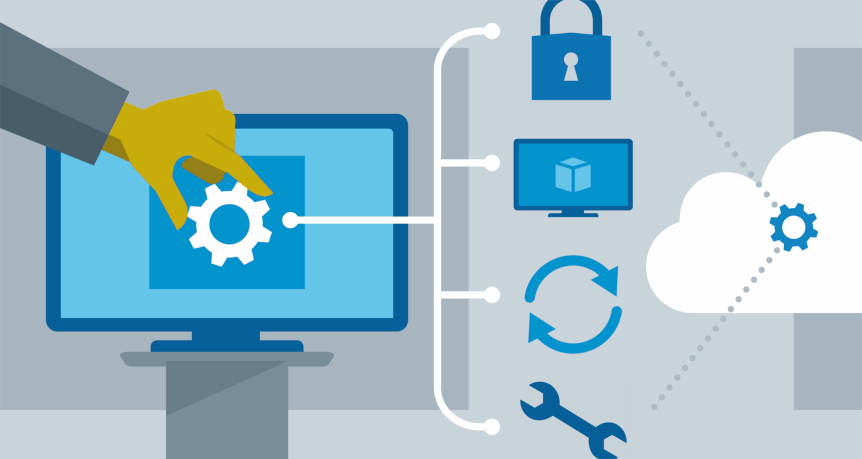Remote Desktop Protocol (RDP) servers play a crucial role in the world of computing, enabling users to access and control remote computers or servers over a network. Whether you’re an IT professional managing a network of computers or an individual looking to access your home PC from work, understanding check here servers is essential. In this comprehensive overview and how-to guide, we’ll delve into what RDP servers are, their applications, security considerations, and step-by-step instructions on setting up and using RDP servers.
What is an RDP Server?
Remote Desktop Protocol (RDP) is a proprietary protocol developed by Microsoft, primarily used for remote desktop services. An RDP server, also known as a Remote Desktop Server or Terminal Server, is a software application or service that allows users to connect remotely to another computer or server. This remote access provides a graphical user interface (GUI) and control over the remote system as if you were physically present at the computer.
Applications of RDP Servers
RDP servers have a wide range of applications across various industries and use cases:
1. Remote Administration:
- IT professionals use RDP servers to manage and troubleshoot remote computers, making it easier to provide support and perform maintenance tasks.
2. Virtualization:
- RDP servers are commonly used in virtualization environments like VMware and Hyper-V to allow multiple users to access and use virtual machines.
3. Remote Work:
- In the era of remote work, RDP servers enable employees to access their office computers and work remotely, increasing flexibility and productivity.
4. Software Development:
- Developers often use RDP to access development environments and collaborate with team members located in different geographic regions.
5. Education:
- Educational institutions utilize RDP servers to provide students with remote access to specialized software and resources.
Security Considerations
While RDP servers offer great convenience, they must be deployed and used with security in mind to protect sensitive data and systems. Here are some security considerations:
1. Network Security:
- Ensure that your network is properly secured with firewalls, intrusion detection systems, and strong access controls.
2. Encryption:
- Always use encryption (such as SSL/TLS) to secure RDP connections to prevent eavesdropping and data interception.
3. Authentication:
- Implement strong authentication methods like multi-factor authentication (MFA) to protect against unauthorized access.
4. Regular Updates:
- Keep your RDP server software and operating system up to date to patch security vulnerabilities.
5. Access Controls:
- Limit the number of users with RDP access and regularly review and revoke access for those who no longer require it.
Setting Up and Using an RDP Server
Now, let’s walk through the steps to set up and use an RDP server:
Step 1: Choose Your RDP Server Software
- Popular options include Windows Remote Desktop Services, XRDP (for Linux), and third-party solutions like TeamViewer and AnyDesk.
Step 2: Configure the RDP Server
- Follow the installation and configuration instructions for your chosen RDP server software. This typically involves setting up user accounts, specifying access permissions, and configuring security settings.
Step 3: Connect to the RDP Server
- On the client-side, you can use the built-in Remote Desktop Connection client on Windows or other RDP client software on different platforms.
- Enter the IP address or hostname of the RDP server and your credentials.
- Click “Connect” or a similar button to establish the RDP session.
Step 4: Use the Remote Desktop
- Once connected, you can interact with the remote computer as if you were sitting in front of it. You can run applications, access files, and perform tasks just like you would on a local computer.
Step 5: Disconnect and Logout
- Always remember to log out or disconnect from the RDP session when you’re finished to ensure security and free up server resources.
Conclusion
RDP servers are powerful tools for remote access and management of computers and servers. When used correctly and securely, they can enhance productivity and convenience for individuals and organizations alike. However, it’s crucial to implement proper security measures and follow best practices to safeguard your systems and data. Whether you’re an IT professional or a remote worker, understanding RDP servers and how to use them effectively can be a valuable skill in today’s interconnected world.
